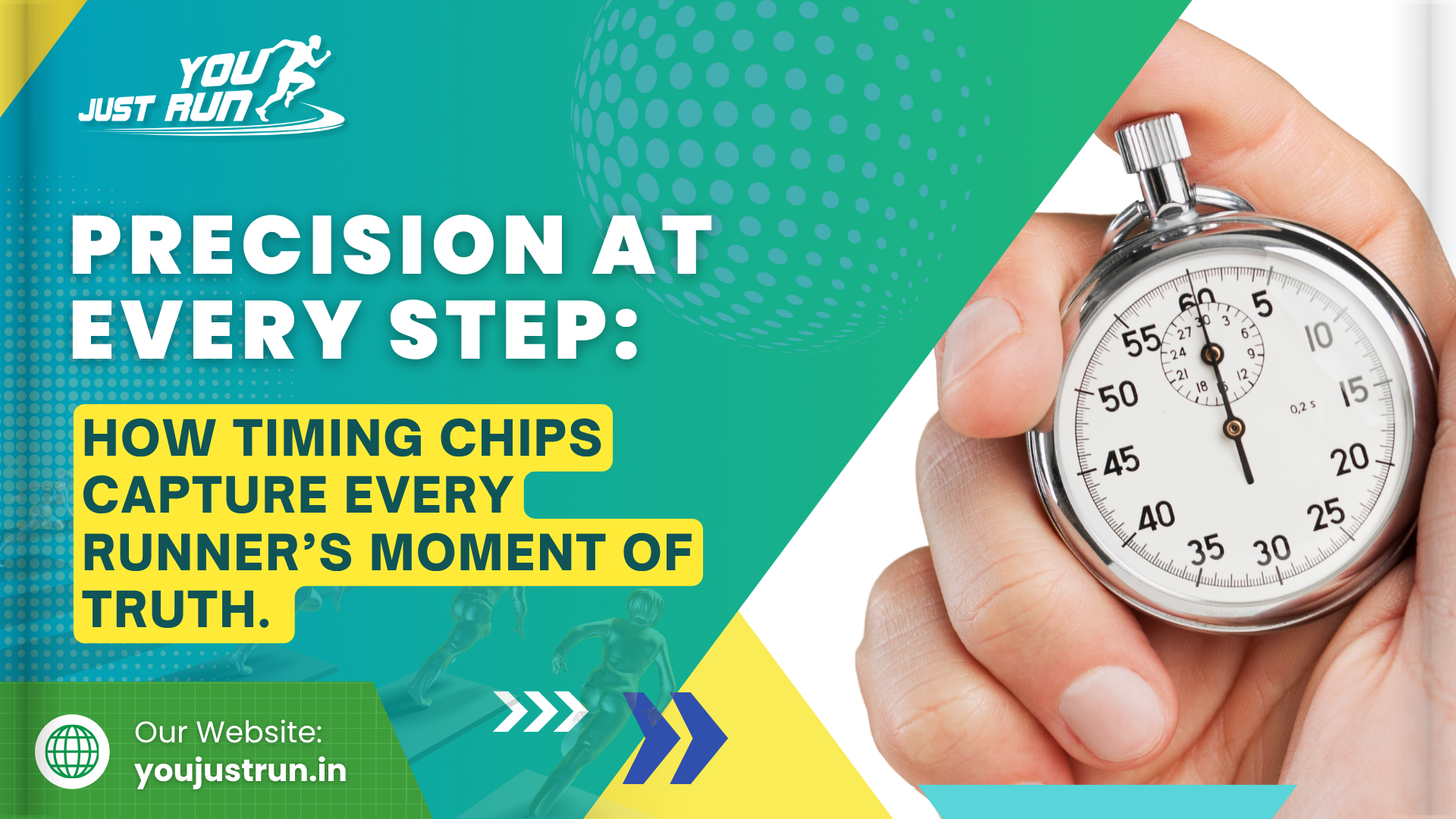Your bike is more than gear; it’s a partner on race day. When every second matters in Triathlon Cycling, a well-maintained bike can be the difference between identifying a new personal record and a horrible mechanical failure.
However, maintenance for bikes is not just for elite-level athletes or professional bike mechanics. With a bit of knowledge, you too can get your triathlon bike ready for races. Here is how you can take care of your triathlon bike like a pro, so you can spend more time focused on the important things – training, racing, and achieving your goals.
1. Cleanliness is King: The Best Maintenance
The best thing—and the simplest thing you can do—is to regularly clean your bike. Dirt, sweat, road dust, and grease accumulate over time and wear out parts and slow things down.
How to do it:
- Gently rinse with water (never power-wash!).
- Cleaners specifically designed for bikes or mild soap.
- Wipe down with soft-bristled brushes to reach crevices.
- Dry scrupulously with a clean rag.
Pro tip: Clean your drivetrain (chain, cassette, and chainrings) individually with a degreaser to strip tough grime. A clean drivetrain gives you better shifting and less wear.
2. Lube the Chain for Smooth, Quiet Performance
Keep a clean chain well-lubricated. This is particularly relevant for triathlon cycling where you want every watt to count.
Steps:
- Clean the chain first.
- Apply bike-specific lube while backpedaling.
- Blot off excess with a rag (too much lube draws in dirt).
Types of lubes:
- Dry lube for dry dusty conditions.
- Wet lube for wet or muddy rides.
Try to lube your chain every 100–150 km, or more frequently if you’re training in hard conditions.
3. Check Tire Pressure and Condition Regularly
Tire pressure isn’t sexy, but it’s vital for speed, handling, and safety. Under-inflated tires have higher rolling resistance; over-inflated tires have lower traction and comfort.
Better practices:
- Check the pressure before each ride.
- Utilize a sturdy floor pump with a gauge.
- Inflate to the recommended PSI (designated on the tire sidewall), accommodating rider weight and road conditions.
Also, check tires for cuts, embedded objects, or excessive wear that may cause flats in the middle of a race.
4. Inspect Brakes for Reliable Stopping Power
In triathlon cycling, you’re often riding fast on open roads, making reliable brakes non-negotiable. What to check:
Brake pads: Check for wear indicators. Replace if worn.
Brake calipers: Ensure they’re centered and not rubbing.
Cables or hydraulic lines: Inspect for fraying or leaks.
Test your brakes before each ride—don’t wait until race day to find out!
5.Check Shifting and Drivetrain Condition
Smooth shifting is critical to maintain cadence and conserve energy, especially on climbs.
Maintenance tips:
- Inspect cables for fraying or slack.
- Adjust barrel adjusters for small adjustments in shifting.
- Check derailleur hanger (too often neglected)—it must be straight.
- Replace worn chain or cassette parts as necessary.
A dirty drivetrain doesn’t shift poorly—it will fail altogether at the worst moment.
6. Tighten Bolts Frequently
Your bike is a complex machine held together by bolts; riding will loosen them up over time.
Pro tip:
- Use a torque wrench to check critical bolts (stem, handlebars, seatpost).
- Always refer to the manufacturer’s torque specs to avoid over-tightening.
- Be especially vigilant leading up to race day!
Remember, anything that is loose can create hazards for you and ruin your race.
7. Check your Wheels and Spokes
Your wheels carry you over the bike leg; it should be in good shape.
What to check:
- Spin each wheel to check that it is true (no wobbles).
- Check spoke tension.
- Inspect the rims for cracks.
- Check that the quick-release skewer or thru-axles are tightened. do it.
If your spokes are broken or your wheels are out of true, go to your local bike shop to get them professionally fixed.
8. Attention to your Cockpit and Fit
Your aerobars, handlebars, and saddle arrangement directly affect your comfort and aerodynamics.
Maintenance list:
- Check for damage and cracks in your carbon components.
- Keep the bolts tight.
- Clean your bar tape/grips often.
Check your bike’s fit occasionally; small variations in strength or flexibility can affect your comfort over longer distances.
A well-set-up cockpit is a better transfer of power and less fatigue.
9. Plan Regular Pro Tune-Ups
Even you DIY whizzes can’t compete with a pro tune-up.
How often? At least once or twice per season, more if you ride a lot.
Your local bike shop can catch the subtle problems, replace the worn parts, and have your triathlon bike 100% race-ready.
Conclusion
Triathlon cycling is more than just a matter of fitness and strategy—it’s a matter of respect for your bike. Performing proper bike maintenance will help you avoid mechanical issues, improve performance, and extend the life of your investment.
By following the professionals above, you can ride with the confidence that your bike is as ready to go as you are.
So, give your triathlon bike the respect it deserves, and it will take you to your next personal best!









